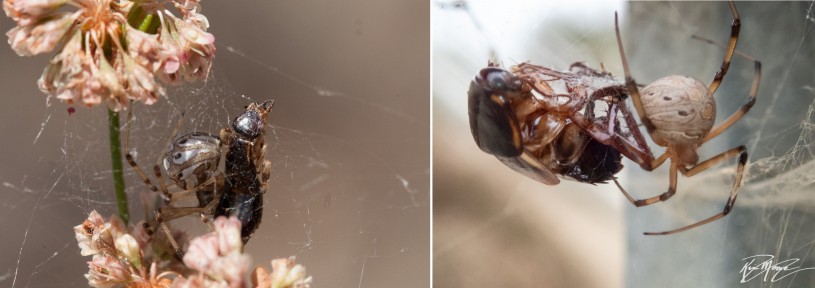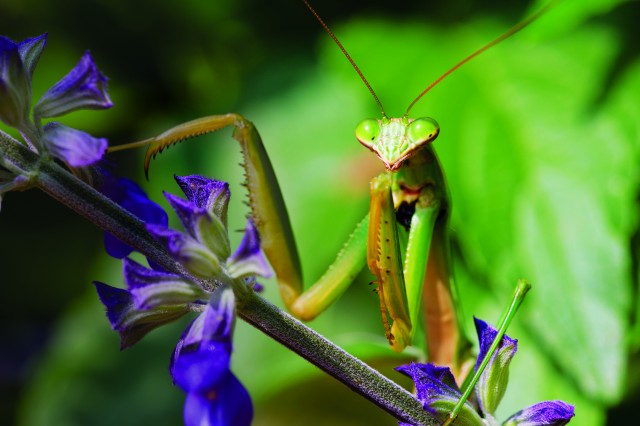Widow Wars
Help document the impacts of the invasive brown widow spider across Southern California
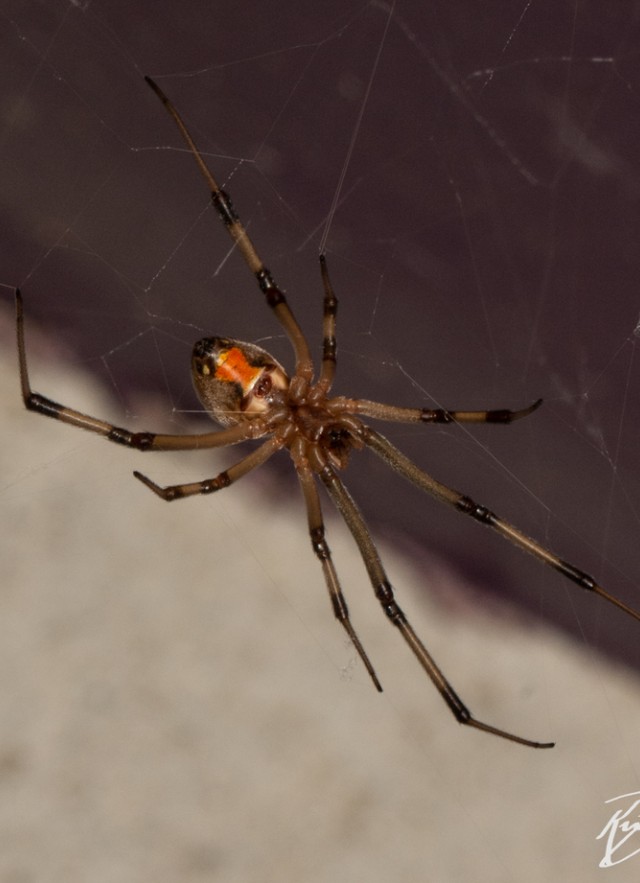
Under your patio chairs, in the handle of your trash bin, and amongst your potted plants, an ecological drama has been playing out at a shocking rate. Since nonnative brown widow spiders (Latrodectus geometricus) were first discovered in California in 2003, their populations have skyrocketed in urban neighborhoods across coastal Southern California. From Santa Barbara to San Diego, brown widow spiders have now reached incredible densities around people’s homes. Native black widow spiders (Latrodectus hesperus) have declined rapidly in areas where the brown widows have become common, and other local species may also be negatively impacted. With your help, and through the help of many other people across Southern California, we hope to learn more about the impacts of these brown widow spiders.
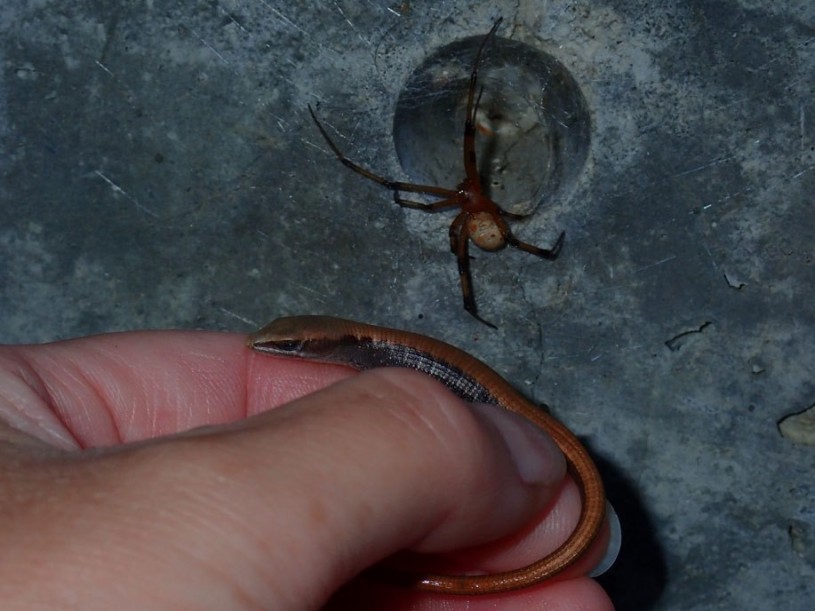
The brown widow is native to Africa, but it has been moved around by people for a long time. Brown widows were documented in South America in the mid 1800s, and they are now in Australia, the southern United States, Hawaii, and in parts of Europe, Asia, and the Middle East. In 2002, the Natural History Museum of Los Angeles County launched the Los Angeles Spider Survey, in which community scientists collected spiders and then brought them or mailed them to the Museum. In 2003, several large spiders with an orange hour-glass marking on their abdomen were collected by Museum staff during a Mobile Museum visit at a Torrance school yard. Follow-up surveys by Jan Kempf, who is a spider expert, Museum volunteer, and co-developer of the L.A. Spider Survey, revealed many more brown widows, which were especially common along the chain link fence around the school’s perimeter. Through the Spider Survey, it became clear that the nonnative brown widow was established in the L.A. area, and more records quickly followed, especially from L.A., Orange, and San Diego Counties.
Fast forward to 2020, and the brown widow is now common across most urban neighborhoods in the coastal counties of Southern California. They can also be found in the Inland Empire and other arid areas, but they tend to achieve the highest densities in urban neighborhoods closer to the coast.
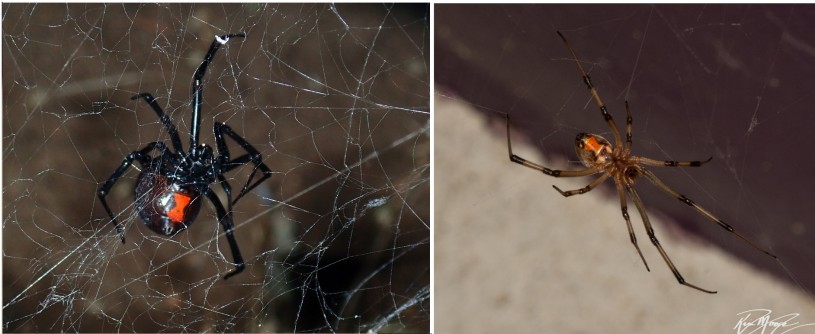
Both brown and black widows eat a wide variety of prey, from small insects to vertebrates such as lizards, snakes, and small mammals. In our new project, we are examining the potential impacts of brown widows on other species. Because brown widows achieve much higher densities than black widows, we suspect that brown widows are having a disproportionate impact relative to the native black widow. However, the diets of these two species in urban areas are not well characterized. We hope to resolve this problem through crowdsourcing—by asking people all across California to photograph prey items of brown and black widow spiders.
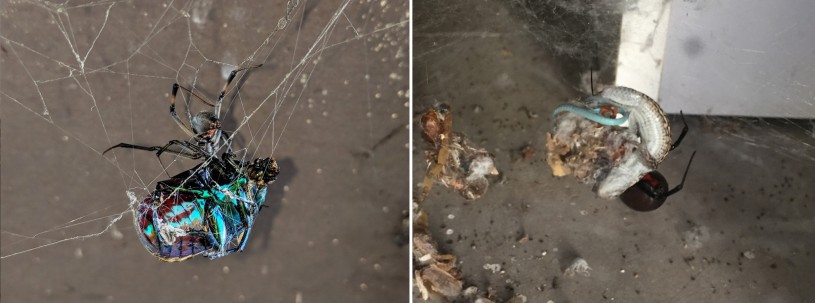
HOW CAN YOU HELP?
Step 1: Find widow webs.
Please look for brown and black widow webs around your neighborhood. Widow webs are usually within three feet of the ground. Widow webs appear disorganized to us, but they are strategically built for prey capture. The strands run from an upper support structure to the ground, and each strand is very strong and very sticky. The spider’s hope is that these strands will entangle animals that are walking along the ground. If the animal is stuck for even a short period of time, the spider can descend to the prey item and wrap it in more webbing.
Black widows are now very uncommon in urban neighborhoods, although they can still be found in less urbanized areas, including agricultural areas, and are more prevalent relative to brown widows as you move into more arid situations. Black widows are also more secretive, preferring more hidden spots to build their webs relative to the brown widow. They are usually hidden away in water meter boxes, in abandoned animal burrows, amongst brush piles, and in cracks and crevices of walls.
Brown widows will build webs in more exposed locations than black widows use. They simply need some overhanging structure like outdoor/patio furniture, a barbeque, a fence, or the handle of a trash bin from which they can build their web. They rarely use garages, but they take advantage of outdoor storage closets and sheds.
Both species are likely to be hidden away in crevices and holes during the day, but they will be more exposed at night, often hanging upside-down in their webs. While it is possible for the occasional widow spider to come indoors, they much prefer to be outside.
Step 2: Document which widow species you’ve found.
Document which species made the web by photographing the spider or the egg
cases. Brown and black widow spiders can be tricky to tell apart, especially for juveniles and males, but the eggs are really easy to differentiate—black widow egg cases are round and smooth (like little cotton balls), while brown widow egg cases are spiky like a Medieval mace. If you see the spider, try to take multiple photos, and try to get a photo of the orange or red hourglass on the underside of the abdomen.
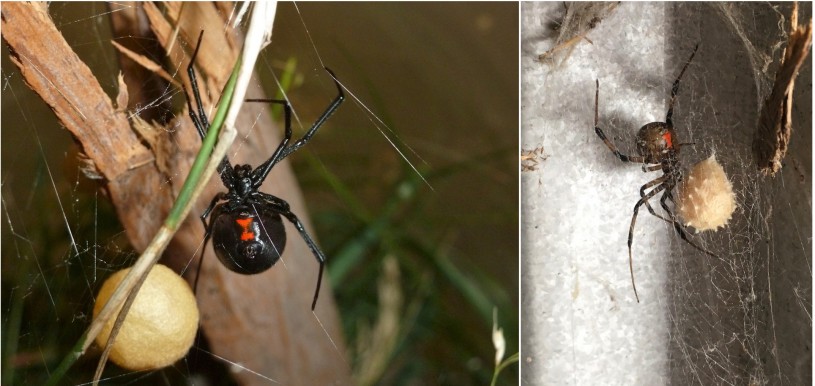
Step 3: Document any widow prey items.
-Photograph any prey items that you find in the widow’s web, and then check back on the web every few days to document any new prey items. Prey can range in size from small insects to small lizards, snakes, and mammals. Photos that include both the spider and the prey item are best, but separate photos with some showing the spider or spider eggs and others showing the prey item are also great. Prey items might be entangled in the web, or the spider might have cut the dehydrated carcass free from the web, so check the ground below the web as well.
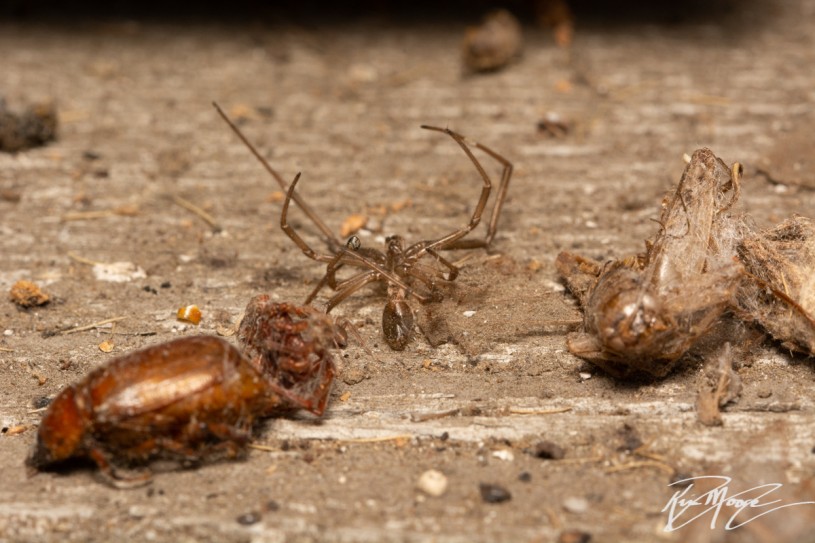
Step 4: Contribute your observation to the Widow Wars Project.
You can submit observations by:
- uploading the photo(s) to the Widow Wars project on iNaturalist, OR
- emailing your photos, with your name, the address or location where the spiders were observed, and the date to nature@nhm.org
If you upload to iNaturalist, please upload a single observation labeled as a widow spider. This observation can have multiple photos, including photos of the spider or spider eggs, and the prey item. The iNaturalist project is restricted to widow spiders in the United States. However, you can also upload the prey item as a separate observation to iNaturalist. We will document the iNaturalist observation number of the prey item for our research project, even though it can’t be added to the Widow Wars project. If you have any questions, please contact nature@nhm.org.
SAFETY FIRST!
Brown and black widows are venomous, and very rarely can cause medically significant envenomations. However, these spiders are not aggressive and rarely bite unless they are pinched or squished. Avoid disturbing their webs, and do not reach your hands into spaces that you can't see.
Disclaimer: The Natural History Museum and the Urban Nature Research Center appreciate your assistance in studying the diets of brown and black widow spiders. If you have any concerns about participating, we suggest you do NOT participate. The Museum cannot be responsible for the treatment of bites or for any injury or illness resulting from the project.
